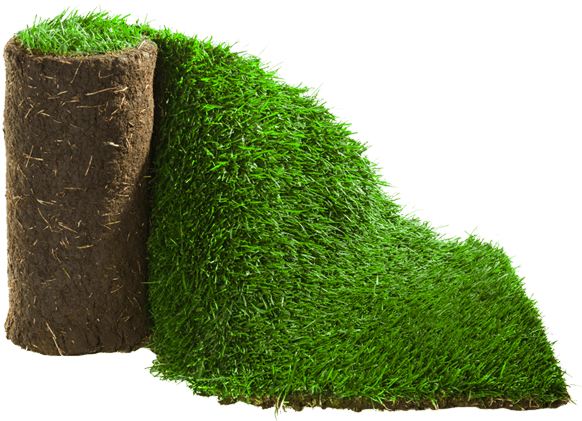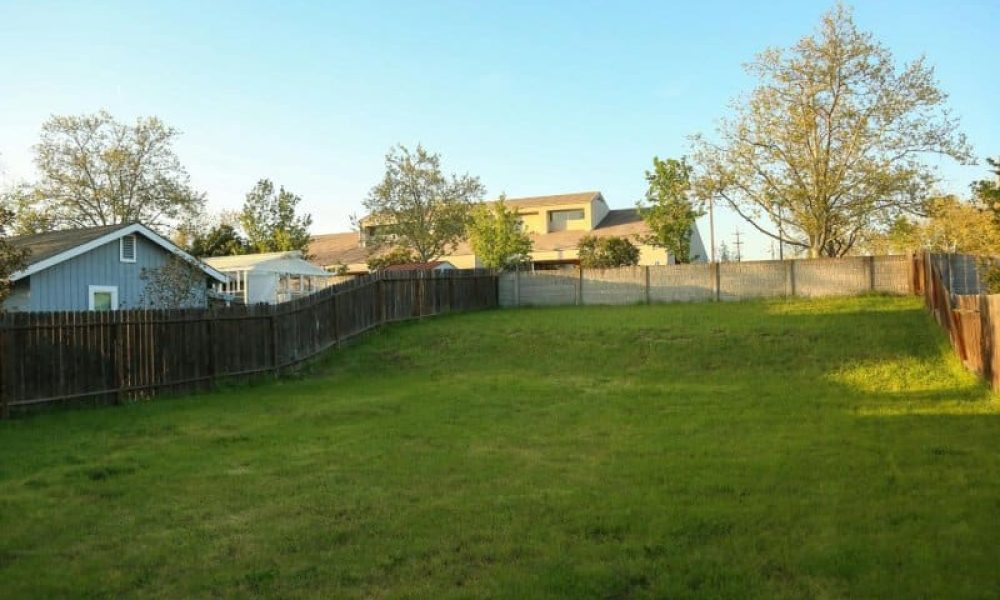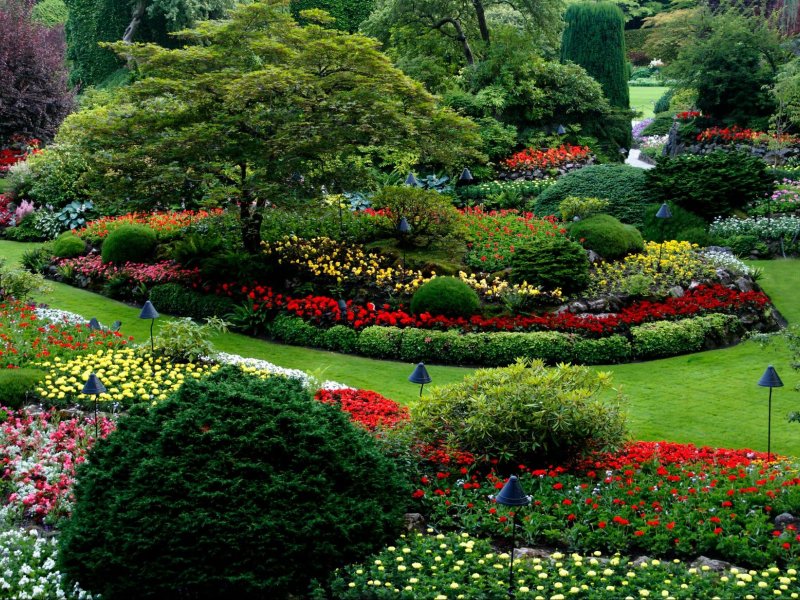Picture this: You step outside to enjoy your yard after a rainstorm, only to find pools of standing water, squishy grass, and patches of dirt where your lawn used to thrive. It’s frustrating, and it leaves you wondering if you’ll ever be able to fully enjoy your outdoor space.
Here’s the thing—your yard is trying to tell you something. Poor drainage is more than just an inconvenience; it’s a sign that your yard is struggling. The good news? With the right knowledge and solutions, you can restore your yard and make it the beautiful, functional space you’ve always wanted.
The Problem: Recognizing the Signs of Poor Drainage
It’s easy to overlook drainage issues, especially if you think a bit of water here and there is normal. But persistent problems are often warning signs of bigger issues beneath the surface. Our friends at Shaffer’s Irrigation & Outdoor Lighting have provided us with the top signs that your yard might need better drainage:
1. Standing Water After Rain
Does your yard take days to dry out after it rains? Standing water is one of the most obvious signs of poor drainage. While small puddles might not seem like a big deal, over time, they can suffocate grass, damage plants, and encourage the growth of algae and mold.
2. Spongy, Waterlogged Soil
When you walk across your yard, does it feel soft and soggy underfoot? Oversaturated soil doesn’t just make your lawn unpleasant to walk on—it also prevents air and nutrients from reaching plant roots, leading to unhealthy grass and garden plants.
3. Erosion or Bare Spots
Have you noticed areas of your yard where soil or mulch seems to disappear after heavy rain? Water moving too quickly across your yard can erode topsoil, leaving behind uneven, barren patches that are hard to repair.
4. Water Near the Foundation
Pooling water around your home’s foundation isn’t just bad for your yard—it’s a potential disaster for your house. Over time, this water can seep into your foundation, causing cracks, leaks, and even structural instability.
5. Increased Mosquito Activity
Stagnant water is a mosquito’s favorite breeding ground. If you’ve noticed an uptick in these pests, it could be because your yard isn’t draining properly, leaving behind pockets of water where mosquitoes can thrive.
6. Struggling Plants or Grass
Are your garden beds or lawn looking worse than usual, despite your best efforts? Poor drainage can drown plant roots, depriving them of oxygen and leading to yellowing leaves, wilting, or even plant death.
The Plan: How to Address Drainage Issues
Now that you’ve identified the signs, it’s time to take action. Fixing drainage problems doesn’t have to be overwhelming, and there are plenty of solutions to fit every yard and budget.
1. Regrade the Yard
One of the most common causes of poor drainage is improper grading. If your yard slopes toward your home or creates low spots where water collects, regrading is essential.
- Solution: Adjust the slope of your yard so that water flows away from your house and toward storm drains or designated drainage areas.
2. Install a French Drain
A French drain is a simple yet effective solution for redirecting water. This system involves a trench filled with gravel and a perforated pipe that carries water away from trouble spots.
- Solution: Place a French drain in areas where water tends to pool, directing it to a safe outlet like a dry well or rain garden.
3. Extend Your Downspouts
Sometimes, the source of your drainage issues is as simple as your gutters. If downspouts are depositing water too close to your foundation, they can contribute to pooling and waterlogging.
- Solution: Use downspout extensions to channel rainwater at least 6–10 feet away from your home.
4. Aerate the Lawn
Compacted soil prevents water from being absorbed properly, leading to surface runoff and pooling. Aerating your lawn helps loosen the soil, allowing water to penetrate more effectively.
- Solution: Use a manual or mechanical aerator to create small holes in the soil, especially in high-traffic areas.
5. Build a Rain Garden
Rain gardens are a beautiful way to solve drainage issues while adding visual interest to your yard. They’re designed to capture runoff and allow it to soak into the ground naturally.
- Solution: Choose a low-lying area of your yard and plant it with water-loving, native plants that thrive in wet conditions.
6. Install Permeable Hardscaping
Driveways, patios, and walkways made of impermeable materials like concrete can worsen runoff problems. Switching to permeable materials allows water to seep into the ground instead.
- Solution: Replace traditional hardscaping with gravel, permeable pavers, or other materials that allow water infiltration.
7. Add a Dry Creek Bed
For yards with significant runoff, a dry creek bed can provide both functionality and beauty. These shallow trenches mimic the look of a natural stream and help channel water away from problem areas.
- Solution: Line the trench with landscape fabric, add rocks, and design it to blend seamlessly with your landscaping.
8. Consider Installing a Dry Well
A dry well is an underground structure that collects and disperses excess water into the soil. It’s especially useful for yards with heavy runoff.
- Solution: Install a dry well at the lowest point of your yard to capture and manage water effectively.
The Transformation: A Yard You’ll Love Again
Addressing drainage problems isn’t just about fixing an annoyance—it’s about unlocking the full potential of your yard. When water flows where it’s supposed to, you’ll enjoy:
- A Healthier Lawn and Garden: No more waterlogged roots or dying plants. Your yard will become lush, vibrant, and thriving.
- Fewer Pests: By eliminating stagnant water, you’ll reduce mosquito activity and make your yard more enjoyable.
- Improved Home Protection: Proper drainage safeguards your home’s foundation from costly water damage.
- More Usable Space: With dry, stable ground, your yard will be the perfect setting for outdoor activities, relaxation, and entertaining.
The Next Step: Taking Action
Every yard deserves to be a source of pride and enjoyment. If drainage issues are standing in your way, it’s time to take the first step toward a solution. Start by assessing your yard, identifying problem areas, and considering the solutions that work best for your space.
With the right plan, you can transform your yard into a place where memories are made, rain or shine.









